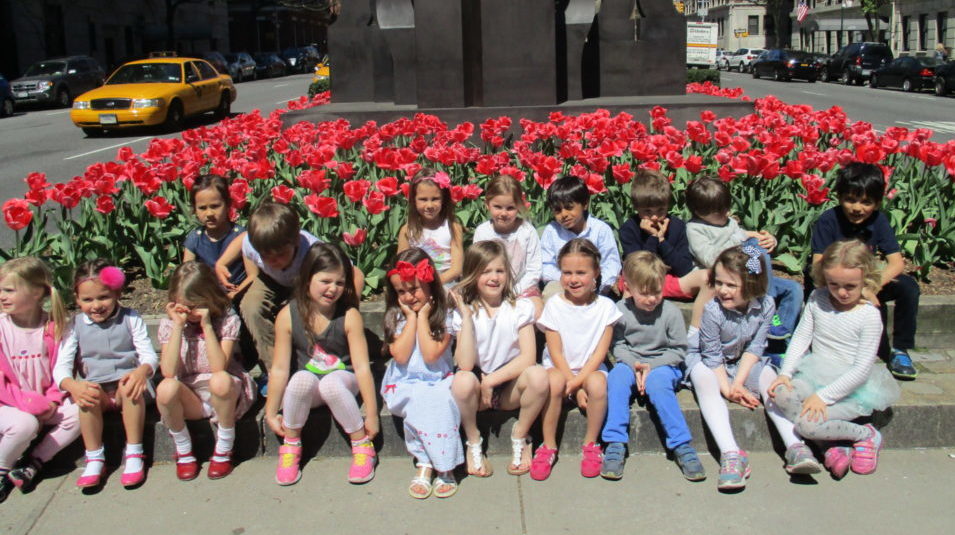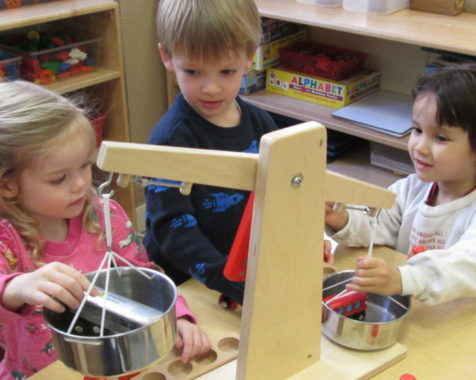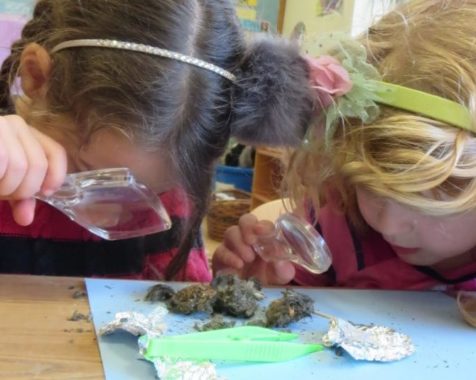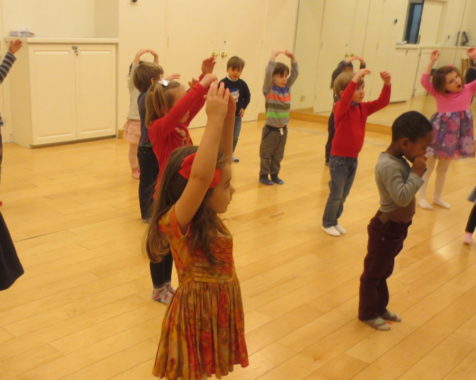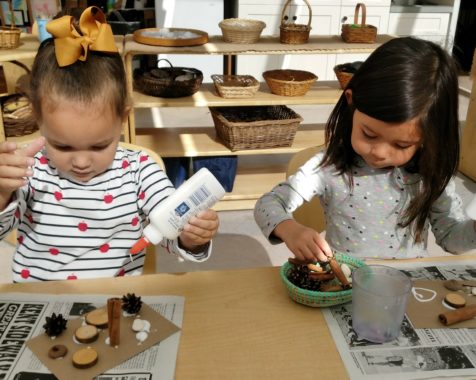The social studies curriculum is an integral part of our overall program. Awareness of the social world begins with self, family, and the community.
In social studies, we focus on the child’s self-awareness. We learn about ourselves and each other, how we are alike and different, and how we grow and change. We introduce concepts and experiences that develop the children’s understanding of, and appreciation for, the diversity within our own community, within New York City, and all around the world. We read a variety of books about children and people of many cultures. We celebrate and respect holidays that highlight differences and similarities among people, for example, Diwali, Hanukkah, Thanksgiving, Martin Luther King Day, Chinese New Year, St. Lucia’s Day, etc. One example of highlighting similarities in cultures is pointing out the importance of candles and light in the winter holidays which take place around the time of the Winter Solstice: Christmas, Hanukkah, Kwanzaa and Diwali. Families are invited into the classrooms to share their experiences celebrating various holidays and traditions with the children.
We strive to create a sense of community and belonging at The Brick Church School. The children participate in a weekly Chapel service. Children derive a feeling of being part of the Brick community by doing so. Visits within the School building provide numerous learning experiences. Children visit other classrooms and host other classes in their own room to share a holiday snack, to take a tour through a “museum” created as the culmination of a unit of study about outer space, or serve as tour guides in their own dinosaur “museum.” Children enjoy and grow from these experiences, as they increase their sense of belonging to the larger School community.
Classes tour the neighborhood to visit places such as the grocery store, pet store, firehouse, public library, etc. Children may travel farther to visit an animal farm, a zoo, a pumpkin farm, museums, etc. Children often use materials in the classroom to recreate these experiences. A small area in the classroom may be transformed into a firehouse or a grocery store. Wooden blocks may be used to create cages for animals. Chairs may be set up to recreate a bus or train. Additionally, throughout the year, a variety of professionals, such as the School’s Director, a dental hygienist, a pediatrician, a police officer, a fireman, a maintenance worker, a scuba diver (the Church’s Director of Administration and Finance) etc., visit classrooms to talk about their jobs in their specific community.
